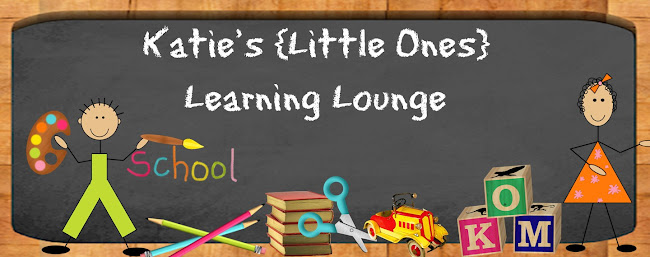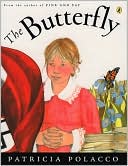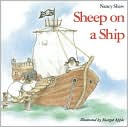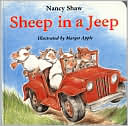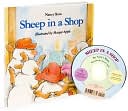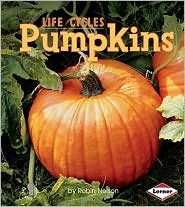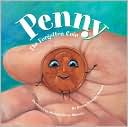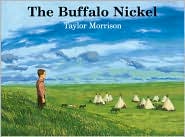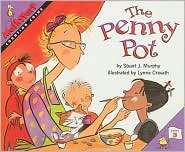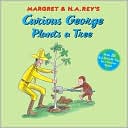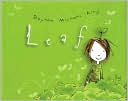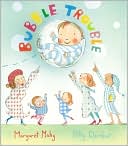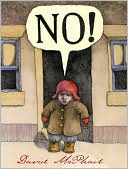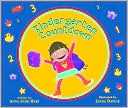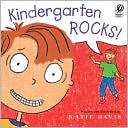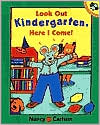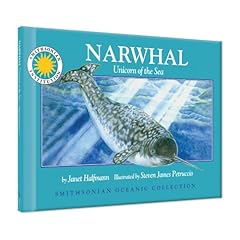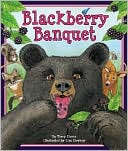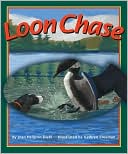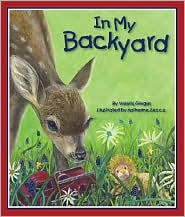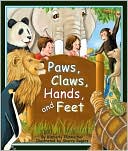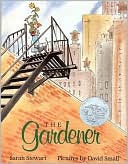 Stewart, Sarah.
Stewart, Sarah.The Gardener.
1997.
Farrar, Straus and Giroux, Inc.
Guided Reading Level: L
As her family is feeling the impact of the Great Depression, Lydia Grace is sent to live with her Uncle Jim. Upon arriving in the city (and even before), Lydia begins sharing her journey with readers through a series of letters that she writes home to Mama, Papa and Grandma. Throughout the letters we learn that Lydia's uncle and his business (a bakery) are also being impacted by the Depression. Lydia sets out, determined to see Uncle Jim smile before returning and her letters share with her family, the steps that she is taking to try and see the smile appear on Uncle Jim's face... transforming the top of his skyscraper apartment building into a beautiful flower garden.
The illustrations alone are enough to depict the impact of the Great Depression on families. However, the solemness in the letters greatly adds to the illustrations, making the story come full circle. This is a wonderful story and shares with readers a sense of hope - if a child can overcome being shipped away from home during hard times, surely as adults, we can muster the courage to pull through as well!
Lesson Plans/Reading Activities:
 Orloff, Karen Kaufman.
Orloff, Karen Kaufman.I Wanna Iguana.
2004.
G.P. Putnam's Sons.
Guided Reading Level: J
Alex's friend Mikey Gulligan is moving and isn't able to take his baby iguana with him. In this funny story, Alex sets out on a mission to convince his mother to let him have the baby iguana. Through a series of letters written to his mom, Alex begs and pleads... promises to take care of the iguana by himself... use his allowance to pay for the iguana's food... and even teach it tricks. After Alex writes each letter to his mom trying to convince her, his mom responds with a letter of her own. In the end, can you guess who wins the letter-writing battle?
It's a great plot that kids are sure to love... and it's likely that this book will inspire them to be creative when trying to convince their own parents that they are deserving of something they want! This would be a great introduction to use when beginning a unit on letter writing!
Lesson Plans/Reading Activities
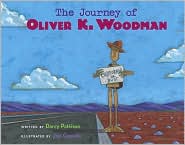 Pattison, Darcy.
Pattison, Darcy.The Journey of Oliver K. Woodman.
2003.
Houghton Mifflin Harcourt.
Guided Reading Level: M
Little Tameka sends her uncle a letter asking him to come visit - to go camping and fishing... and swimming. Unfortunately, Tameka receives in return a letter from Uncle Ray that he's unable to visit this summer because he's too busy building kitchen cabinets. Knowing that the family is unable to afford the trip to visit him, Uncle Ray offers to send his friend Oliver. Oliver, a woodman, (that I assume to be built by Uncle Ray) sets off on a cross-country journey from Rock Hill, South Carolina to Red Crest, California to pay a visit to Tameka. Throughout his journey, we learn of Oliver K. Woodman's adventures through the letters and postcards that are sent along the way. By the time Oliver finally arrives in Red Crest, California at Tameka's house, the family has decided they miss Uncle Ray too much and are going to make a few sacrifices to head to Rock Hill, South Carolina to visit... and they plan to take Oliver with them!
The book is great fun and the adventures are sure to keep children interested and listening... if not planning a few of their own adventures for Oliver K. Woodman! I think this is a great book to incorporate into a unit on letter writing and it'll definitely find it's way in my classroom someday! You can also check out the sequel to The Journey of Oliver K. Woodman... Searching for Oliver K. Woodman!
Lesson Plans/Reading Activities:
- Darcy Pattison's Lesson Plans for Oliver K. Woodman
- Books to Bridge: 2008 Theme: Journeys and Quests - Oliver K. Woodman
Other Letter Writing Lesson Plans/Learning Activities:
- Who's Got Mail? Using Literature to Promote Authentic Letter Writing
- Writing Friendly Letters
- Parts of a Friendly Letter - Movement and Song
- A Genre Study of Letters with The Jolly Postman
- Exploring Literature through Letter-Writing Groups
- Social Interaction: School, Post Office and Friendly Letters
- The Post Office: KET Electronic Field Trips
If you're interested in finding out more information about any of the books reviewed or if you'd like to purchase the books, click the cover image for a link to Amazon.com.
